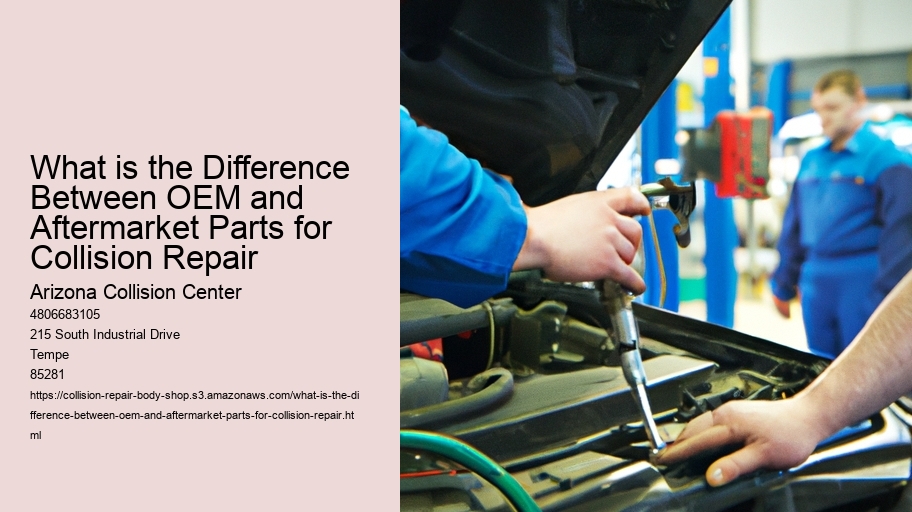

Our Tempe auto body collision repair center is centrally situated in the Phoenix Valley. Most of our clients originate from the East Valley, however we deal with clients from everywhere. We have a state of the art facility where you will discover our unique painting booth and auto body shop. We satisfaction ourselves on maintaining our centers clean since it improves performance and company.
You might search for:
Collision repair body shop reviews
Collision repair body shop near me
Best collision repair body shop
auto body shop near me
best auto body shop near me
cheap auto body repair shops near me
gerber collision
caliber collision
An automobile repair shop (also known regionally as a garage or a workshop) is an establishment where automobiles are repaired by auto mechanics and technicians. The customer interface is typically a service advisor, traditionally called a service writer.
Car body work can be quite pricey, and many people might ask themselves (why?!) It could be the materials used, or the labor involved. In general, though, it comes down to a few main factors.
The main goal of collision repair is to restore a vehicle to its pre-accident condition. It's an intricate process that requires skill and dedication (especially for older or luxury vehicles). The process involves assessing the damage, ordering and replacing parts, as well as ensuring all safety features work properly. This process may also include refinishing the body panels and painting, so the vehicle looks its best!